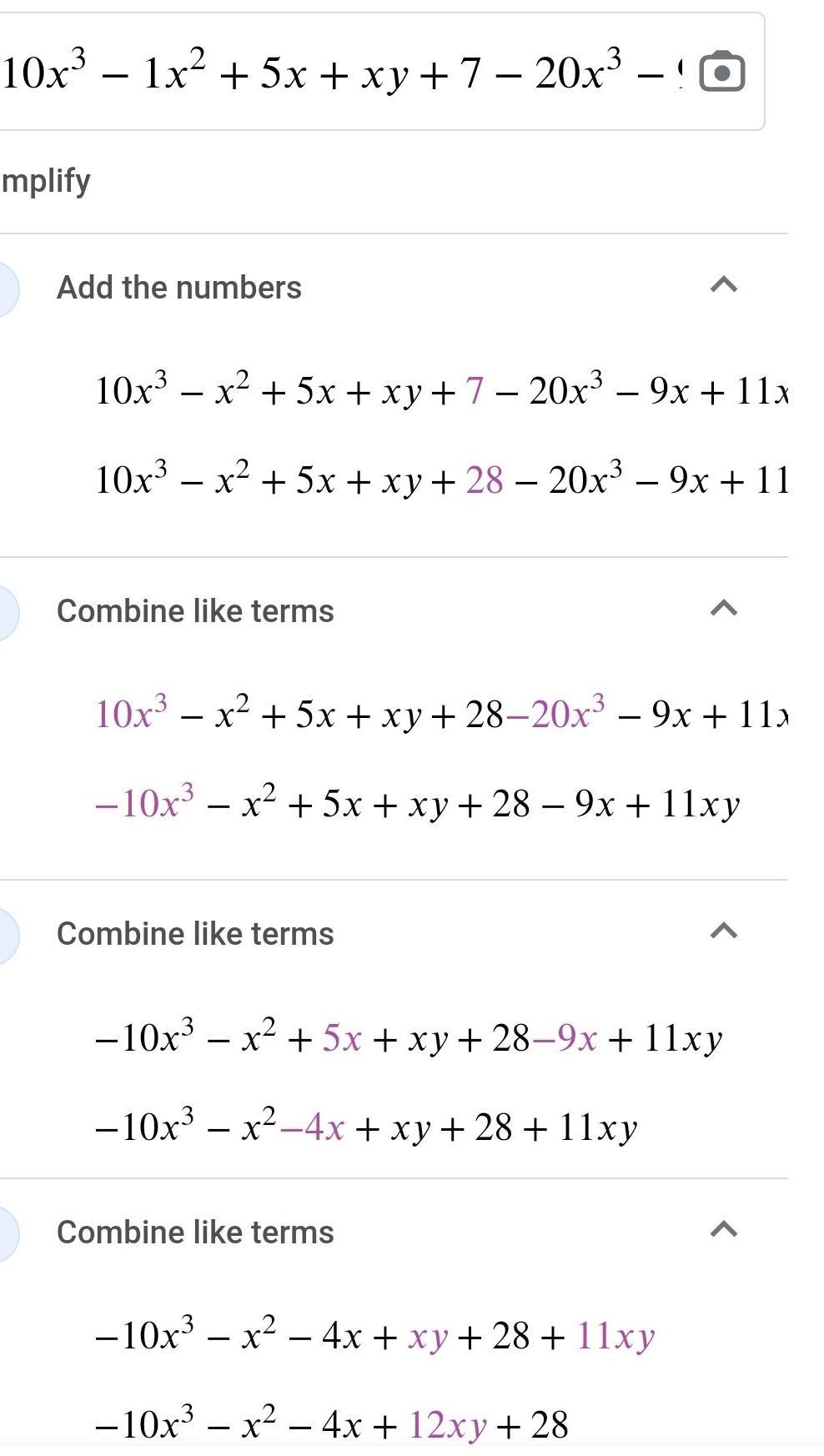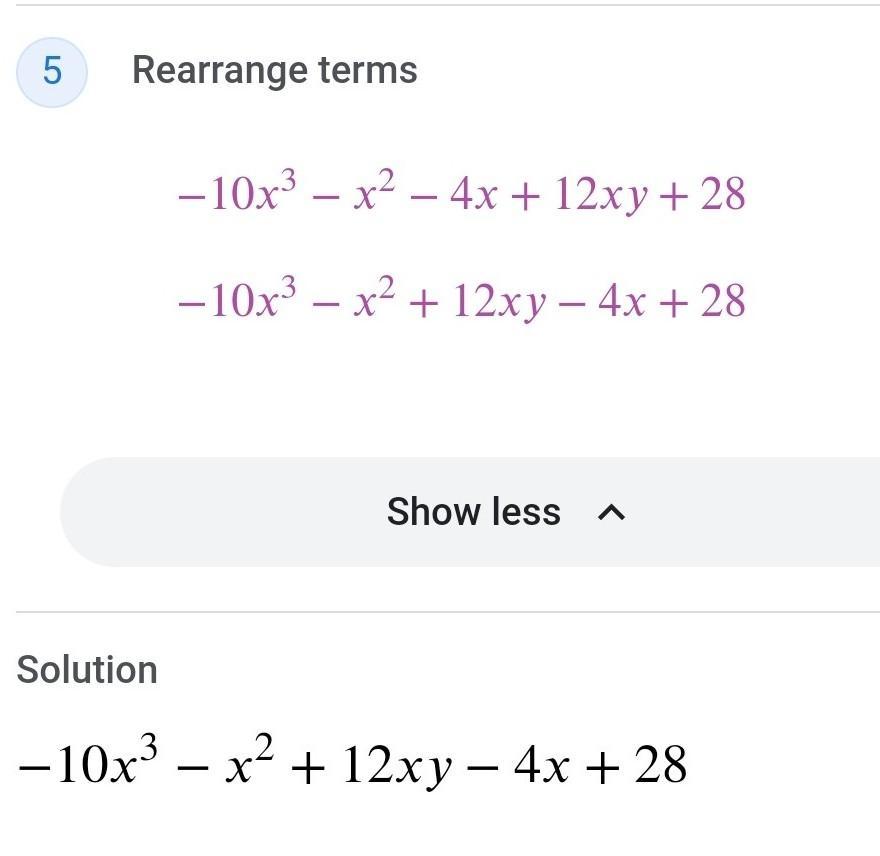The quality of population depends upon the literacy rate, health of a person indicated by life expectancy and skill formation acquired by the people of the country. the quality of the population ultimately decides the growth rate of the country. literate and healthy population is an asset. human beings are a positive asset and a precious natural resource which needs to be cherished, nurtured and developed with tenderness and care, coupled with dynamism. each individual’s growth presents a different range of problems and requirements. the catalytic action of education in this complex and dynamic growth process needs to be planned meticulously and executed with great sensitivity. sakal’s education in the initial years of his life bore him the fruits in the later years in terms of a good job and salary. we saw education was an important input for the growth of sakal. it opened a new horizon for him, provided new aspirations and developed values of life. not only for sakal, education contributes towards the growth of society also. it enhances national income, cultural richness and increases the efficiency of governance. there is a provision made for providing universal access, retention and quality in elementary education with a special emphasis on girls. there is also an establishment of pace setting of schools like navodaya vidyalaya in each district. vocational streams have been developed to equip a large number of high school students with occupations related to knowledge and skills. the plan outlay on education has increased from rs 151 crore in the first plan to rs 99,300 crore in 2020–21. the expenditure on education as a percentage of gdp rose from 0.64% in 1951–52 to 3.1% in 2019–20 (b.e.) and has remained stagnant around 3% from the past few years. the budgetary estimate as stated in the budget documents of union state governments, reserve bank of india, the expenditure on education as a percentage of gdp has declined to 2.8% in 2020–21 (b.e.) the literacy rates have increased from 18% in 1951 to 85% in 2018. literacy is not only a right, it is also needed if the citizens are to perform their duties and enjoy their rights properly. however, a vast difference is noticed across different sections of the population. literacy among males is nearly 16.1% higher than females and it is about 14.2% higher in urban areas as compared to rural areas. as per 2011 census, literacy rates varied from 94% in kerala to 62% in bihar. the primary school system (i–v) has expanded to over 7,78,842, lakh in 2019–20. unfortunately this huge expansion ofschools has been diluted by the poor quality of schooling and high dropout rates. "sarva siksha abhiyan is a significant step towards providing elementary education to all children in the age group of 6–14 years by 2010... it is a time-bound initiative of the central government, in partnership with the states, the local government and the community for achieving the goal of universalisation of elementary education." along with it, bridge courses and back-to-school camps have been initiated to increase the enrolment in elementary education. the mid-day meal scheme has been implemented to encourage attendance and retention of children and improve their nutritional status. these policies could add to the literate population of india. the gross enrolment ratio (ger) in higher education in the age group of 18 to 23 years is 27% in 2019–20, which would be broadly in line with world average. the strategy focuses on increasing access, quality, adoption of state-specific curriculum modification, vocationalisation and networking on the use of information technology. there is also focus on distance education, the convergence of formal, non-formal, distance and it education institutions. over the past 60 years, there has been a significant growth in the number of universities and institutions of higher learning in specialised areas. let us read the table to see the increase in the number of colleges, universities, enrollment of students and recruitment of teachers from 1951 to 2019–20. i) based on your understanding of the passage, answer the following questions: 1. what factors determine the quality of population in a country? 2. why is it important to enhance the quality of the population? 3. mention : a)the ways in which education contributes to the growth of a society. (any3) b)the ways in which education contributes to the growth of an individual.(any 3) c) the factors that hamper the growth & expansion of schools.(any 2) d) benefits of introducing vocational streams in education.(any 2) 4. name the following: a) a scheme has been implemented to encourage attendance and retention of children and improve their nutritional status. b) goal set by central government in partnership with other governments c) a state in india with the highest literacy rate. d) name of the schools set by the government in each district. e) a governme
Answers 1
Answer:
1- literacy and health
2-quality of population decides the growth rate
-
Author:
alijah8q1g
-
Rate an answer:
1
If you know the answer add it here!
Choose a language and a region
How much to ban the user?
1 hour
1 day
100 years


